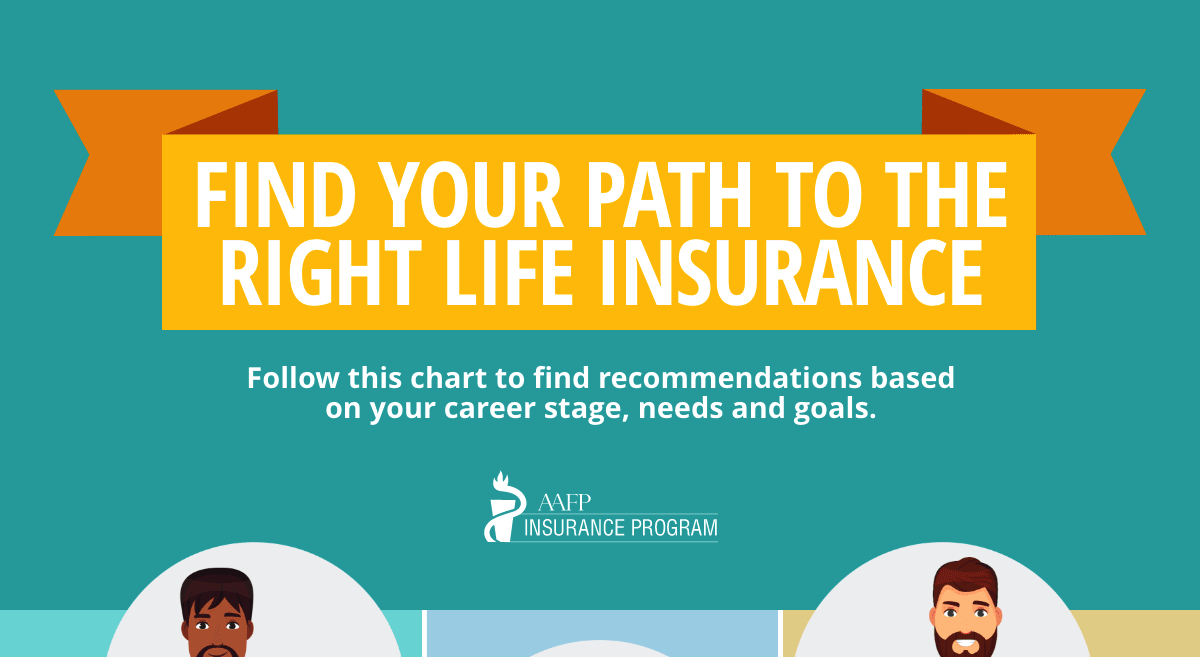According to Annals of Family Medicine, “The EHR adoption rates based on both ABFM [American Board of Family Medicine] and NAMCS [National Ambulatory Medical Care Survey] data rose steadily and doubled from 2005 to 2011, reaching 67.8% for family physicians in 2011.” If this current trend continues, it is predicted that by the end of 2013 that number will surpass 80%. Adoption rates varied state-by-state, with the lowest being North Carolina with 44% and the highest being Utah with 94.9%. A possible explanation for the disparity is that there is a lack of statewide funding initiatives for EHRs, which would give physicians the financial backing to implement this kind of technology.
In an article from AAFP News Now, Jason Mitchell, M.D., director of the AAFP’s Center for Health IT stated that family physicians have “embraced the idea that electronic health records were essential to providing safe, high-quality and efficient care.” However, a separate study published by the New England Journal of Medicine claims that only 1 in 6 physicians are using this technology to the point where they can receive governmental incentives. Those physicians who use EHRs in a meaningful way can receive a government bonus of $44,000. Data for the study was collected from the Center for Medicare and Medicaid Services, and the authors have defined meaningful use as:
“prescribing information; drug-to-drug interactions and drug allergy checking; the maintenance of a health problem; medication lists, and allergy lists.”
What’s important to note is that while the study shows that though physicians who demonstrate meaningful use of EHRs may receive financial incentives from the government, doctors who do not adopt the use of EHRs will eventually be subject to penalties from the government.
For doctors working as specialists or as part of small physician groups, EHR adoption could be a money-loser – without the assistance of the government. In fact, these physicians could lose up to $43,743 within the first five years of adoption whereas practices with six or more docs would be more likely to see a profit. Julia Adler-Milstein of the University of Michigan School of Information and School of Public Health and co-author of the study says that:
“You are going to have to make a lot of other changes to figure out how to realize cost savings… You have to figure out other opportunities to save money if you want to come out ahead.”
In addition to potential financial woes, there are concerns that productivity will slip in the doctor’s office as staff members become accustomed to the system. Regardless of the initial response, productivity is likely to pick back up. Also, there are still looming concerns about diagnostic errors and privacy breaches that could put patients’ health and medical history at risk.
By taking full advantage of this system, family docs will be able to offer their patients a higher quality of care, medical staff will be able to communicate in real time electronically, and there will be easier, faster access to health information such as lab results. Electronic health records will also be able to help your patients stay on schedule with their prescriptions and appointments. Family physicians can rest assured that the benefits of EHRs will outweigh the costs.




